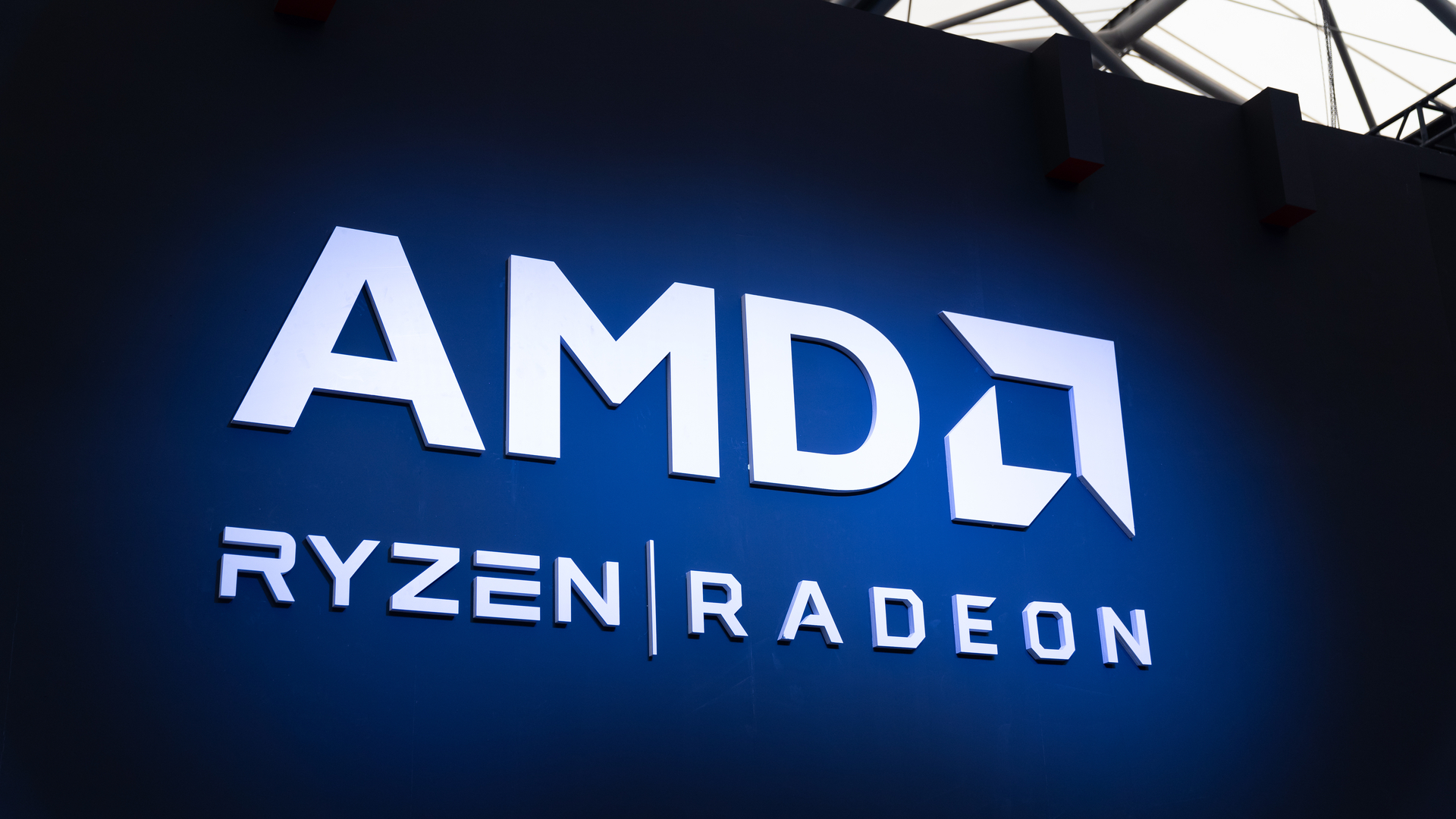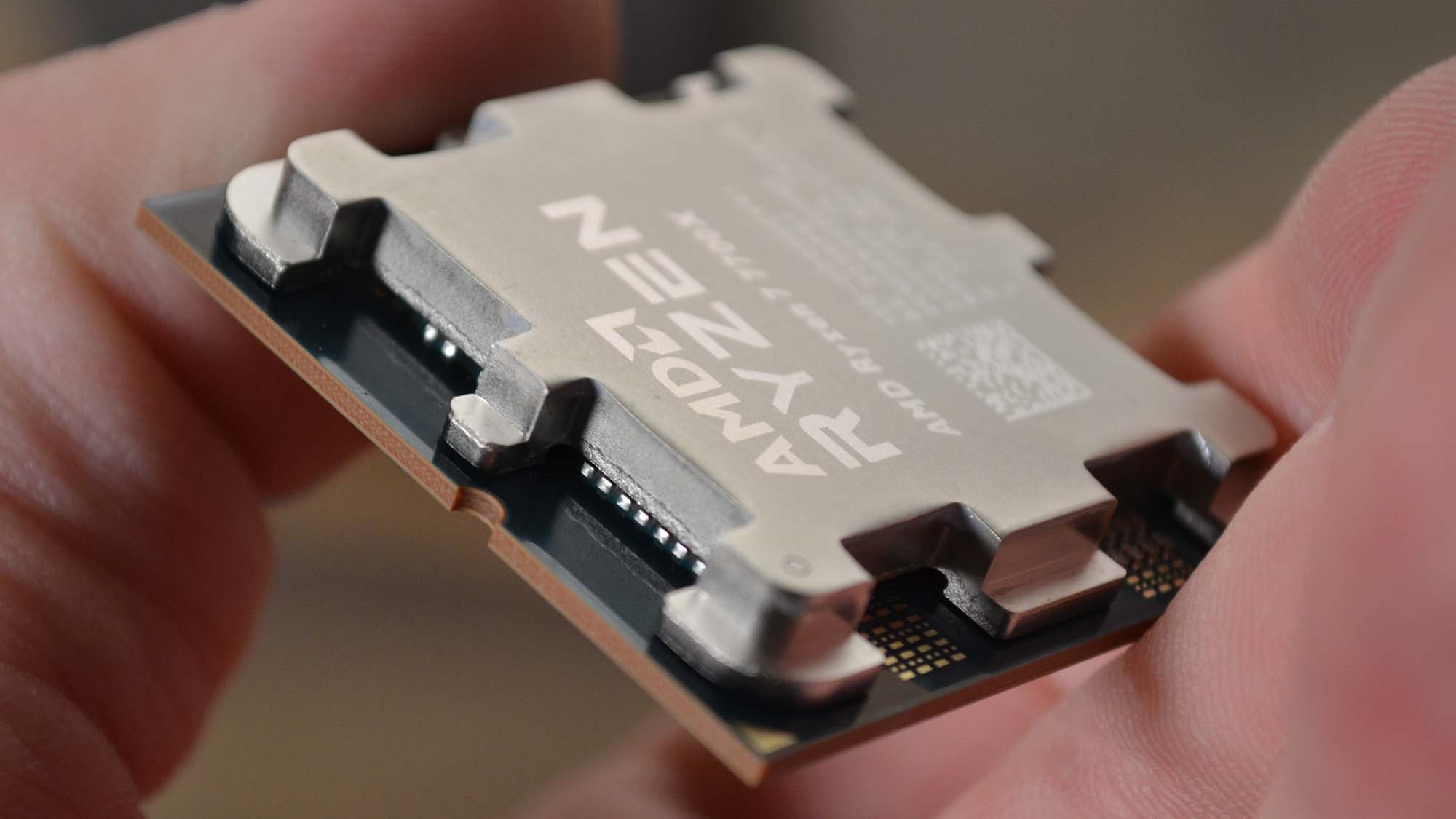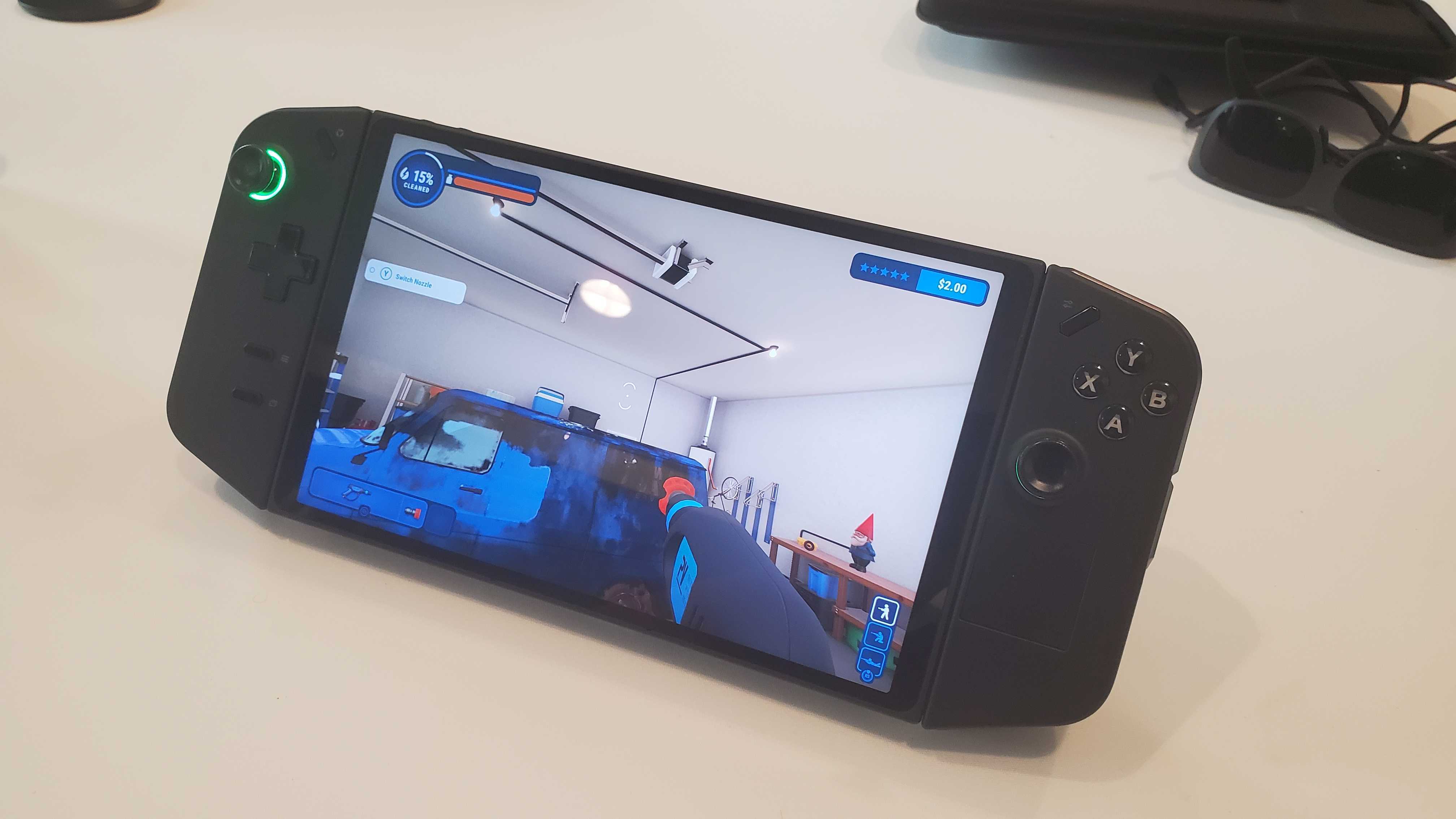What I want to see from AMD in 2024
What Team Red needs to do in the year to come

AMD has placed themselves in an interesting position within the PC gaming market. This year alone has seen AMD reach 17.5 percent of the overall desktop graphics card market while having 19.4 percent of the desktop CPU market. With PC gaming becoming more of a luxury platform, the Santa Clara, California chip maker continues to make some of the best bang-for-buck GPUs and CPUs.
With Intel entering the GPU race, AMD’s fight in PC Gaming has officially gotten a bit tougher. Regardless, the AMD Ryzen 9 7945HX has become the most powerful CPU available for laptops today. Meanwhile, their Radeon line manages to contend with the best low to mid-range GPUs from Nvidia alongside Intel’s entry into the market as well.
One area where AMD has surpassed rivals Intel and Nvidia is outside of the core PC gaming market. Between its chipsets being the core of consoles ranging from Sony’s PlayStation 5 to Microsoft’s Xbox Series X|S and meteoric rise of handheld gaming PCs through the Ryzen Z1 and Z1 Extreme processors has allowed the chip maker to spread its wings more efficiently. Looking into 2024, here’s what we’d like to see from AMD.

Continuing to offer best low to mid-range GPUs and CPUs
AMD’s Radeon series of graphics cards have been able to undercut rival Nvidia at various degrees of performance. When it comes to the best 1080p graphics card, PC gamers on a budget know that their best bet is the AMD Radeon RX 7600 which is literally under $300 bucks.
Even individuals looking for the best 1440p graphics card at an approachable price can find comfort in the RX 7700 XT or RX 7800 XT which is $100 cheaper than the Nvidia 4070.
A recent leak speculated that AMD may be focusing on low to mid-range GPUs in 2024, while reports have suggested that AMD's next-gen RDNA 4 graphics architecture could surpass current higher-end models like the RX 7900 XT with an appealing price point at around $500 in the US.
Interestingly enough, the new GPUs could potentially launch before Nvidia’s RTX 5000 series. That doesn’t mean that AMD has time to chill with Intel attempting to find headspace in the low to mid-range segment in terms of both performance and price.
Sign up for breaking news, reviews, opinion, top tech deals, and more.
That doesn’t even count plans for AMD’s Zen 5 CPU which will directly compete against Intel’s Arrow Lake. Expect the use of TSMC’s 3 nm process node, AI optimizations as well and usage of 3D V-Cache technology to really help Team Red stand out. As with GPUs from AMD, the CPUs will likely be very competitively priced.

Better ray-tracing performance
Hardware-accelerated ray tracing made its debut as a feature only available for Nvidia cards in 2018. It would take AMD two years later for their cards to offer the same feature through the Radeon RX 6000 series. Despite the time difference in release, ray-tracing performance on AMD’s GPU trailed in comparison to Nvidia significantly. Outside of that, Nvidia cards have also started to push for path tracing with Cyberpunk 2077 and Alan Wake II serving as the current visual standards.
During an interview with Club386, Scott Herkelman, the leader of AMD's graphics division, discussed the topic of ray tracing performance and expressed his belief that the AMD Radeon division needs to improve in this area in the future. While the company acknowledges that they have a competitive advantage in terms of price-to-performance for ray tracing, they also recognize that NVIDIA currently holds a significant lead in overall performance. To bridge this gap, AMD is actively collaborating with their independent software vendor partners to enhance the gaming experience for users.
If AMD is truly going to compete with Nvidia, ray tracing performance is absolutely going to have to be on par in future GPUs.
Improvements To FSR and Fluid Motion Frames
In September of this year, AMD launched FidelityFX Super Resolution 3 which is the latest iteration of its upscaling technology. It definitely marked an effort to catch up with Nvidia’s DLSS 3 which is currently the best upscaling solution in modern PC gaming. One of the new introductions that comes with FSR 3 is the incorporation of Fluid Motion Frames which will remind many of Nvidia’s Frame Generation.
The absence of AI in Fluid Motion Frames sets FSR 3 apart, making it an intriguing competitor to DLSS. Unlike DLSS, FSR is open-source, making it accessible to a wider range of graphics cards, and it doesn't require the specialized hardware of an RTX 4000-series GPU to use. Here’s hoping that both FSR3 and Fluid Motion Frames both make significant improvements alongside greater support.

Still leading the handheld PC gaming revolution
One of the most recent trends in gaming is the rise of handheld gaming PCs. The Valve Steam Deck, Asus ROG Ally, AyaNeo Air Plus and Lenovo Legion Go all represent the best in the market. All of them also manage to share architecture provided by AMD and there is no better way to play PC games on the go. This year, its Ryzen Z1 chip made its debut in the Asus ROG Ally as one of the most powerful handheld gaming PCs.
Performance wise, the Ryzen Z1 can outperform the Steam Deck and even Nintendo’s Nvidia-sourced Switch. The base Z1 chip offers a 6-core/12-thread CPU and a 4-core integrated GPU (iGPU) capable of delivering up to 2.8 teraflops of gaming performance. In contrast, the Z1 Extreme is equipped with an 8-core/16-thread CPU and a 12-core iGPU, offering an impressive 8.6 teraflops of potential performance, placing it on par with an RTX 3050 in the realm of PC gaming.
Additionally, the Z1 Extreme incorporates AMD's advanced Radeon Super Resolution 2 upscaling technology, potentially enabling smooth 60fps gameplay in a wide range of AAA titles at 1080p resolution. That doesn’t even count respectable battery life. If gaming PC handhelds have rapid release schedules comparable to desktops and laptops, then AMD may find some serious success.

Ural Garrett is an Inglewood, CA-based journalist and content curator. His byline has been featured in outlets including CNN, MTVNews, Complex, TechRadar, BET, The Hollywood Reporter and more.